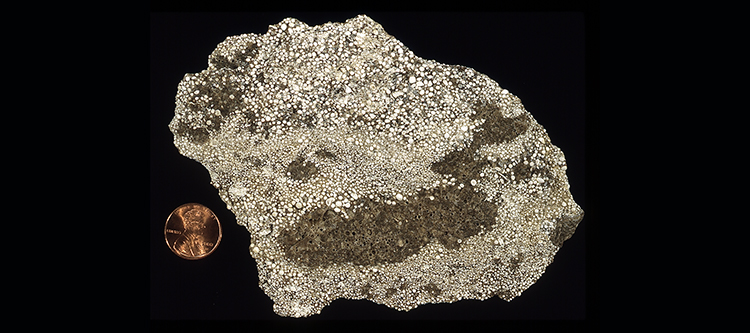

Bioconstructions with dominant bryozoans were also described from the southern Australian Coorong lagoon. Such environmental conditions are unfavorable for coral growth and forced the ecologically broader adapted bryozoans to flourish (Cuffey and Gebelein 1975 Cuffey et al. 2018).Ĭomplex modern bioconstructions dominated by bryozoan colonies are described from somewhat extreme environments: briefly described are those from Joulters Cays (Great Bahama Bank) where they occur in a shallow water tidal channel exposed to high water energy in an area of oolite production. Modern reef pinnacles in which bryozoans dominate over corals are described from depths between the 2 and 25 m from the Abrolhos Shelf off Brazil in the South Atlantic (Bastos et al. 4–9 m from the south-eastern tip of Australia reaching a thickness of up to 1.5 m (Dutka et al. Modern bryozoan reefs are more recently described from shallow water, c. These bryozoan mounds, however, are composed widely of loose sediment with a high bryozoan share but form no framework/boundstone (e.g., Feary and James 1995 James et al.

2014) in water depths between 100 and 400 m (80–200 m, sea-level corrected) (Pleistocene, James et al. Frequently cited are those from the Great Australian Bight where they form huge mounds up to 65 m thickness or even 200 m (Eocene mounds, Sharples et al. Cenozoic and modern bryozoan reefs are reported mostly in nutrient rich, cool-water settings. Their reputation as frame-building organisms, however, is mostly based on their Paleozoic occurrences where some bioherms are entirely made up of bryozoans and, thus, called bryoherms (e.g., Cuffey 1977, 2006 Ernst 2020). Nevertheless, bryozoa are considered to be important carbonate producers in the Cenozoic (James 1997 Perrin 2002) representing for example main constituents of the bryomol facies (e.g., Nelson et al.

These ‘atypical’ Cenozoic and modern reefs frequently grow in extreme environments as, for example, the well-known stromatolite reefs described from the Bahamas (e.g., Dill et al. Beside these classic reefs, non-coral bioconstructions also occur which may be dominated by different organisms, e.g., cyanobacteria, serpulid polychaetes, calcareous algae, foraminifera, bryozoans, vermetid gastropods, oysters (e.g., Wood 1999 Stanley 2001). The widespread occurrence of bryoherms/bryostromatolites in the Central Paratethys suggests a phase of considerable eutrophication during the early Sarmatian.Ĭenozoic carbonate buildups are dominated by corals which are capable to produce a variety of reefs of different sizes and shapes also known as coralgal reefs. The described bioherms are most similar to modern bryostromatolites of the Coorong lagoon in S Australia and also similar to structures in the Netherlands. The internal succession in individual bioherms is related to long-term environmental changes including general shallowing, increasing nutrient supply and decreasing water circulation and oxygenation. Inside the bioherms ecological successions of higher frequencies occur which are interpreted to reflect short-time environmental fluctuations such as nutrient availability, oxygenation (possible anoxia), salinity (possible brackish water), temperature and water level. All these constituents form a framestone fabric which is overall dominated by bryozoans labeling them as bryoherms. Buildup growth starts with a Cryptosula/Hydroides (bryozoan/serpulid) pioneer community, followed by nodular Schizoporella (bryozoan) colonies overgrown by coralline algae/microbial mats and a thrombolite with calcareous algal filaments. The buildups are overlain and partly truncated by cross-bedded oolites of late Sarmatian age. They occur on top of lower Sarmatian carbonate sediments of high-energy conditions and the individual bioherms settle on crests of ripples. Bryozoan–serpulid–algal–thrombolite bioherms of up to 50 cm size are described from the Sarmatian (upper Middle Miocene) of the Central Paratethys.


 0 kommentar(er)
0 kommentar(er)
